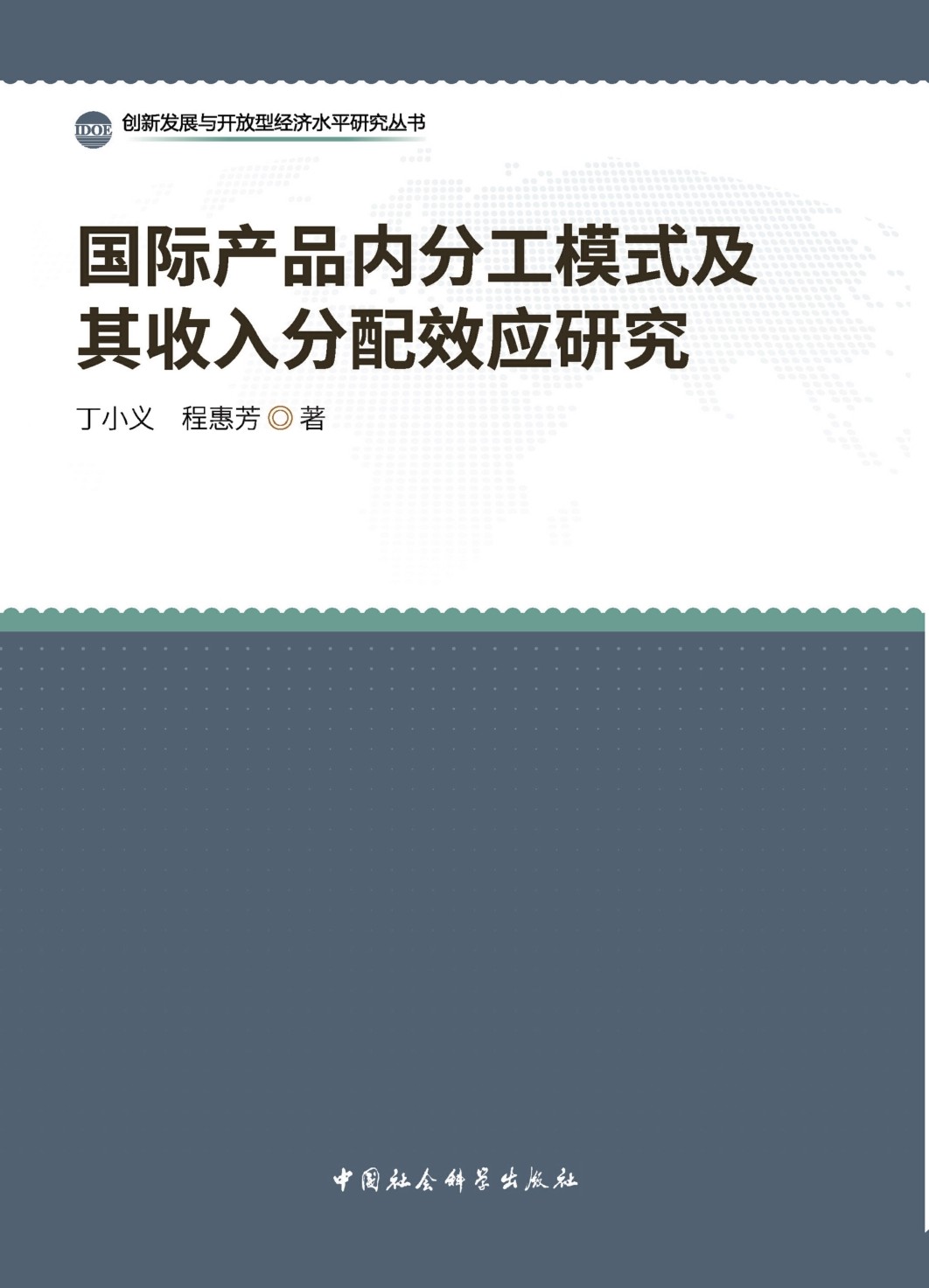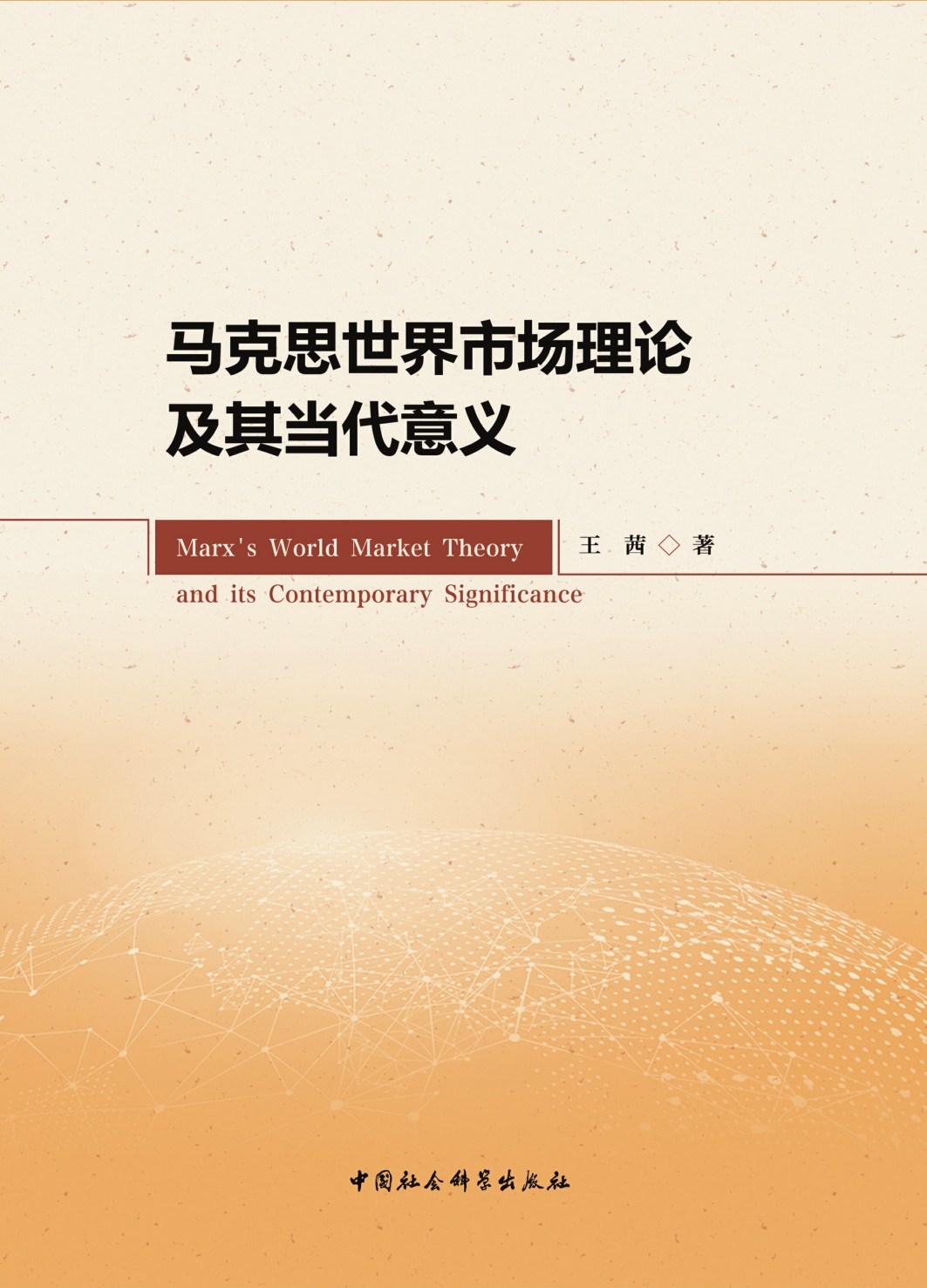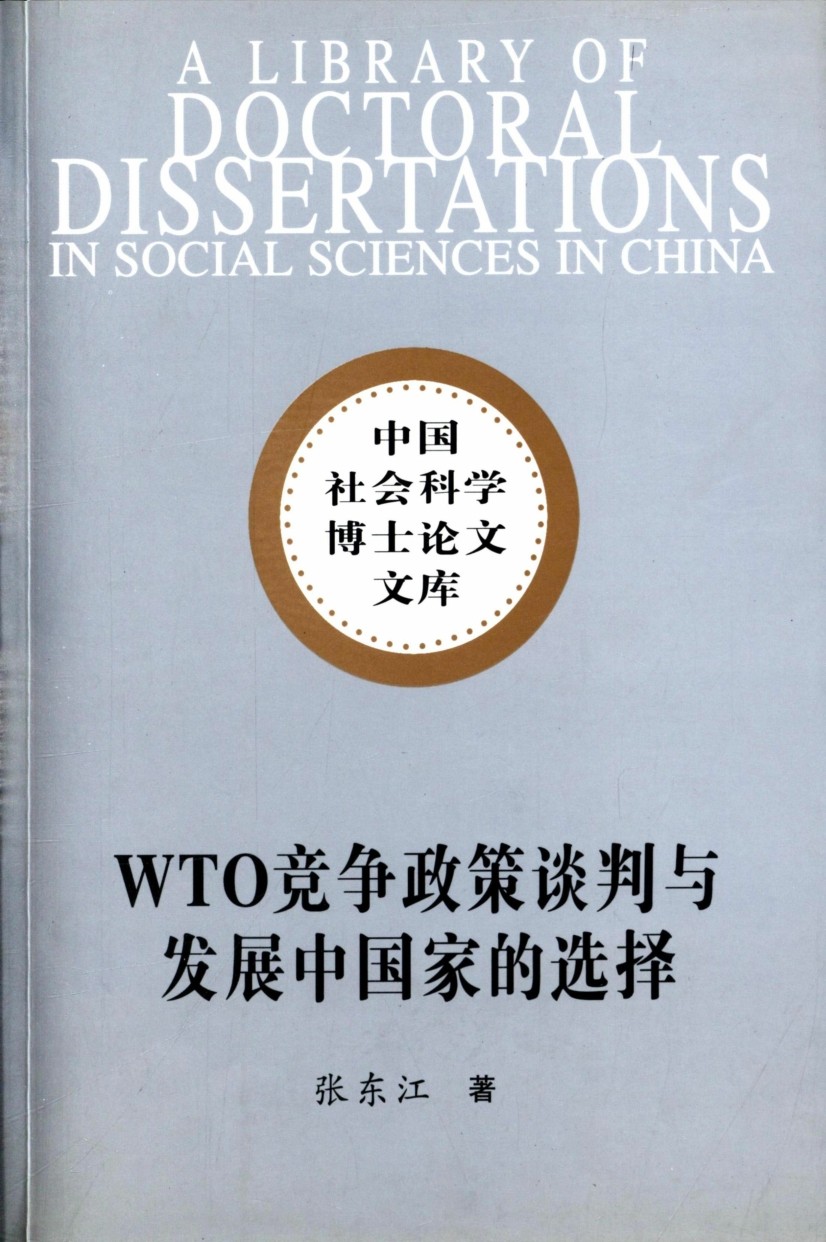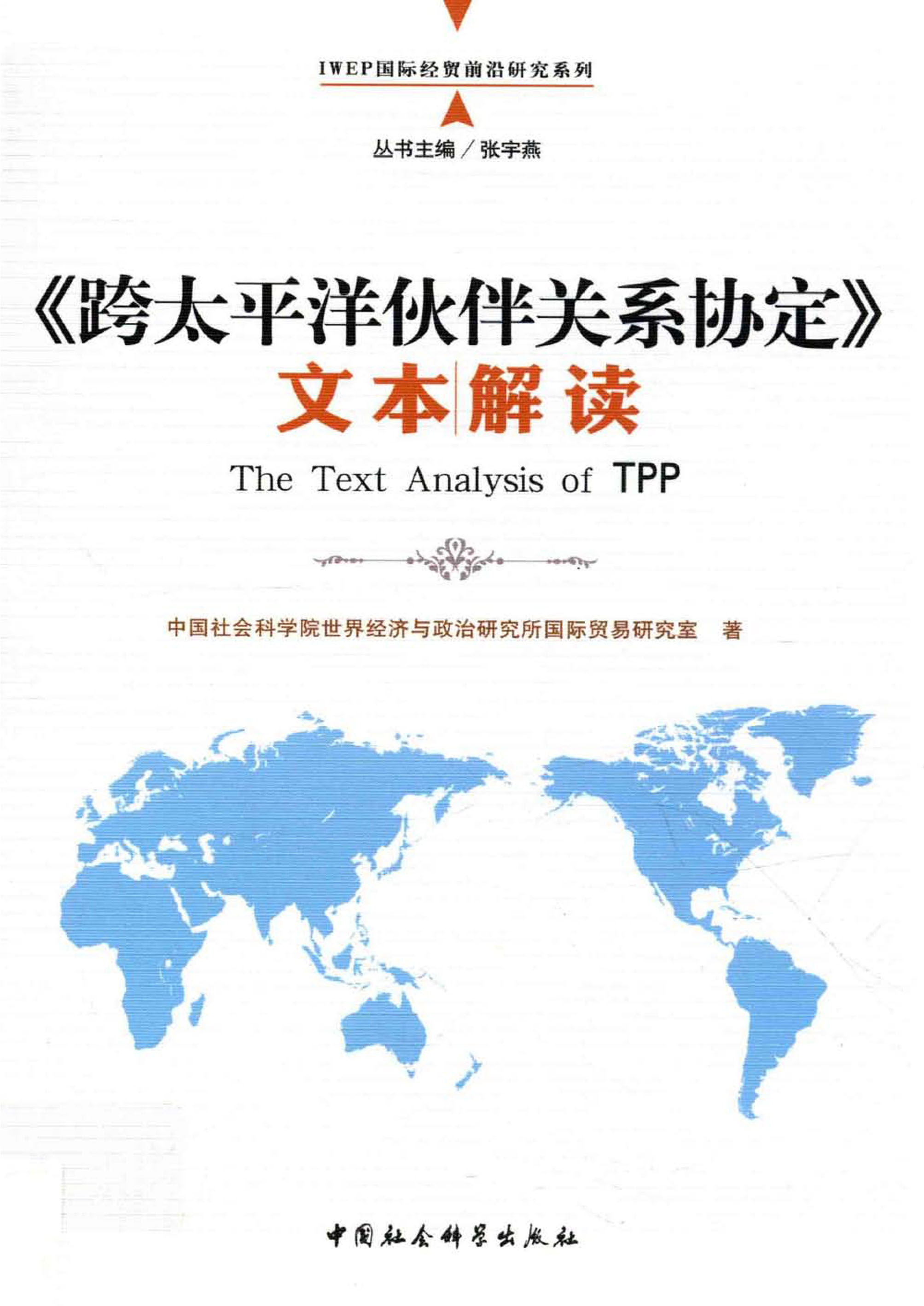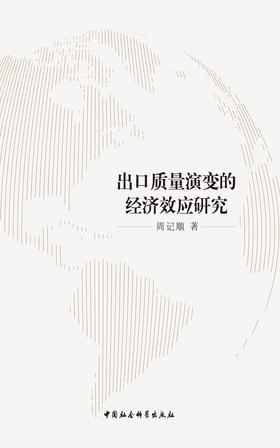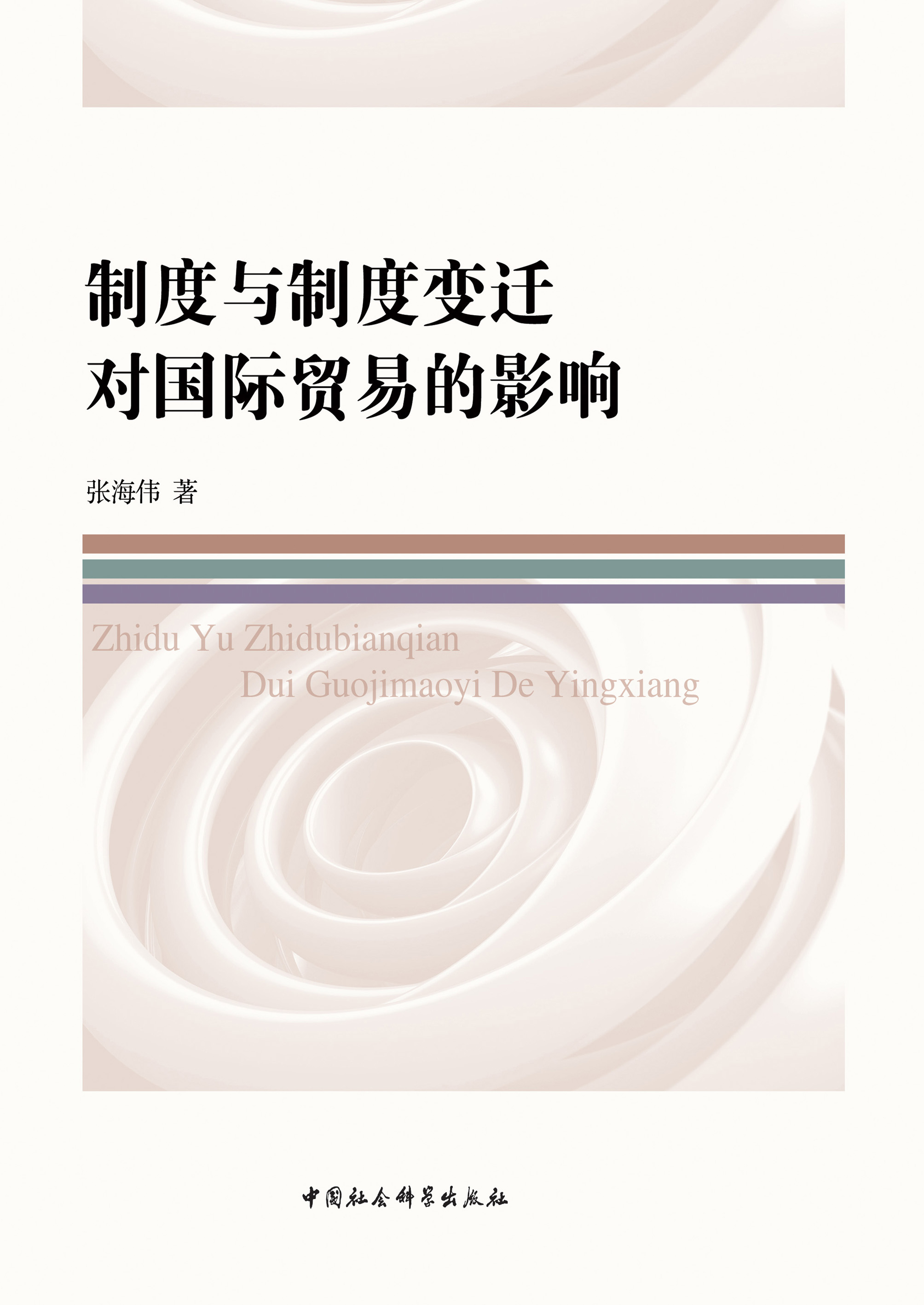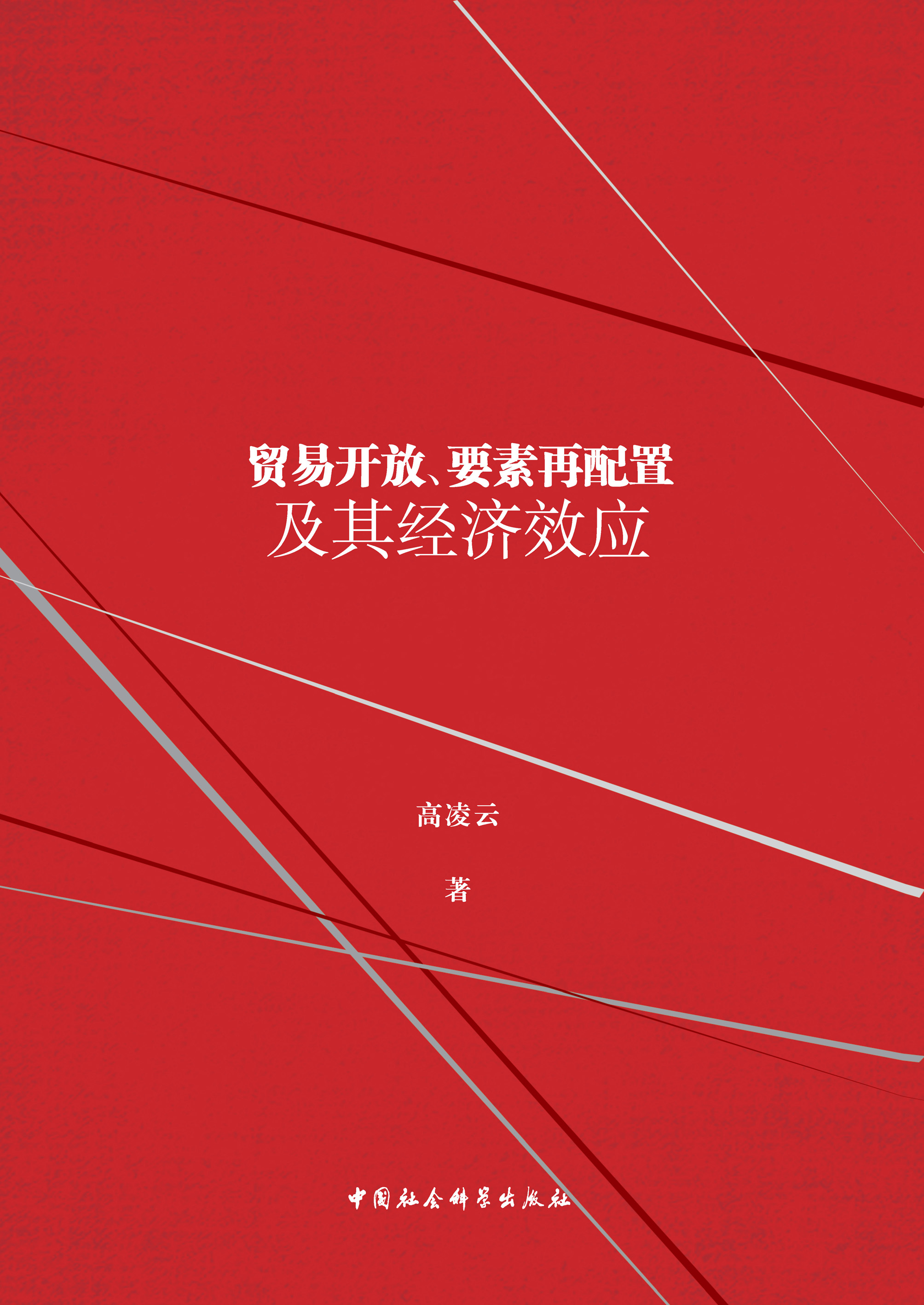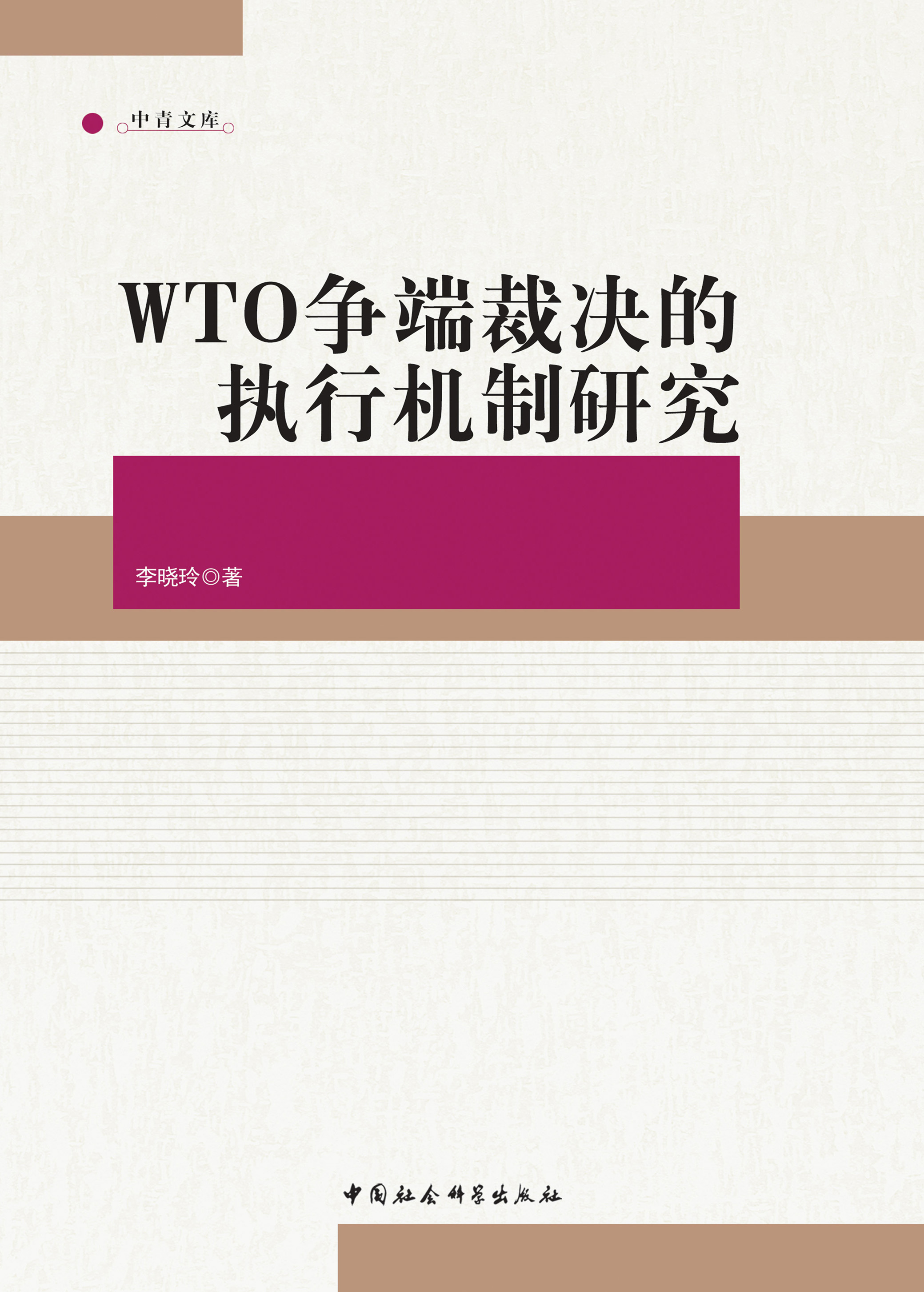内容简介
作者简介
目录
随着国际分工从产业间分工到产业内分工,再到产品内分工的深化和发展,收入分配不均、工资差距扩大和非熟练劳动力失业增加成为多国共同面临的难题。许多国家包括美国、中国,国内各类劳动力间工资及收入差距扩大的时期,正是其参与国际产品内分工加速深化的阶段。因此,国际产品内分工对收入分配的影响成为近二十年来国际经济学界的研究热点和研究前沿。在多边国际产品内分工体系中,各国参与产品内分工的行业技术密集度及所负责的生产工序技术密集度存在明显的差异,形成了不同的国际产品内分工模式。但现有研究,特别是经验研究,鲜有基于不同模式来实证分析产品内分工对收入分配的影响。鉴于此,本书以对不同产品内分工模式的识别、测度为切入点和创新点,重点研究不同生产及国际产品内分工模式的组合对各类技能或教育程度劳动力的收入分配影响。本书将产品内分工分为低端型国际产品内分工和高端型国际产品内分工。前者表现为一国从事低技术工序的生产,需进口高技术中间投入品;后者表现为一国从事高技术工序的生产,需进口低技术中间投入品。通过对HS(1996)六分位每一类进口中间产品的技术复杂度与各国自身的各年度总出口技术复杂度进行比较,本书创新性地实现了对各国进口的每一类中间产品进行动态分类,并据此测算高、低端型产品内分工水平。在国际产品内分工对不同技能劳动力收入分配影响的理论分析方面,本书在深入剖析、比较各理论模型的作用机制和效应后,指出:国际产品内分工对不同技能劳动力相对需求、相对工资的影响渠道包括直接作用机制与间接作用机制,其中,直接作用包含要素需求创造效应和要素替代效应,间接作用包含产品价格效应和国际产品内分工引致的有偏型技术进步效应。通过上述四个作用渠道,高、低端型产品内分工模式对不同要素密集型部门的各类技能劳动力产生了不同的相对需求和工资效应。基于45个主要国际产品内分工参与国(地区)1998—2012年的高、低端产品内分工水平测算,研究发现,45个国家大致可划分为四个梯队,形成了显著的中心—外围格局,其中,29个发达国家分属三个不同梯队,16个发展中国家除印度外均属最外围的第四梯队。中国目前尚处于第四梯队中,不过,中国的低端型产品内分工水平与高端型产品内分工水平的差距正在逐步缩小。观察各行业的BEC 法垂直专业化指数,发现当前中国以高技术部门、进行低端型产品内分工为主。其中,低技术部门已逐步从以低端型产品内分工为主转变升级为以高端型产品内分工为主,但高技术部门升级乏力。本书还分别从国内行业层面和多国宏观层面,对国际产品内分工模式的收入分配效应进行了实证分析。来自中国工业部门的经验分析显示,低端型和高端型产品内分工均会显著提高中国熟练劳动力的工资份额,其中,低端型产品内分工通过进口中间产品技术溢出间接地影响收入分配,而高端型产品内分工则通过要素替代直接影响收入分配。基于多国宏观面板数据的经验分析显示,高、低端型产品内分工分别显著降低了低、高等教育劳动力的报酬份额,国际产品内分工水平的综合效应相对偏向中等教育劳动力,不过,该有利影响主要发生在发展中国家。由于在低端型产品内分工模式下,高技术中间投入品进口有利于技术溢出、模仿创新,因此,该模式引致的技术进步偏向中等教育劳动力;而高端型产品内分工倚重自主创新,因此,其引致的技术进步偏向高等教育劳动力。基于上述研究结论,提出的政策启示为:应加快改善中国劳动力供给的技能结构;实施生产分工局部提升与区域分散化战略,加快提升沿海地区高技术部门在国际产品内分工中的竞争优势和分工地位;鼓励内陆地区承接沿海地区的转移产业,适当保护低技术部门进行低端型国际产品内分工。关键词:国际产品内分工模式 收入分配 技能溢价 教育溢价进口中间产品 技术复杂度ABSTRACTWith the development and evolution of international division of labor from inter-industry specialization to intra-industry specialization, and to intra-product specialization, more and more countries have to face the rising income inequality, wage gap and the unemployment of unskilled labor.The widening of the income and wage gap among workers of many countries including U.S.and China concurred with the accelerative deepening of intra-product specialization.Since then the research of international intra-product specialization's impact on income distribution has become a hot and advancing topic in international economics in recent 20 years.In the multilateral international intra-product specialization, different sectors of different countries often undertake different technological intensive components of production process, which leads to different intra-product specialization patterns.But few existing research, especially the empirical research, has been based on different patterns to empirical analysis of the effects of international intra-product specialization.For this reason, this paper distinguishes and estimates different patterns of international intra-product specialization as the breakthrough and innovation points, focusing on the effects of various patterns on the income distribution among workers who possess different skill capabilities and educational attainment.The study distinguishes international intra-product specialization be-tween the low-level and high-level patterns.In the low-level pattern, one country or sector undertakes low-tech fragments and imports high-tech intermediate inputs.On the other hand, in the high-level pattern,one country or sector undertakes high-tech fragments and imports low-tech intermediate inputs.In order to estimates the low-level and high-level patterns, the study classifies dynamically all imported intermediate inputs (at the 6-digit level of HS 1996)into two categories based on their technology intensities by comparing the TSI(Technological Sophistication Index) of each imported intermediate input with the TSI of the corresponding country per year.This paper analyzes theoretically how international intra-product specialization affects the income distribution between skilled labor and unskilled labor.Based on comparative analysis of the existing theoretical model, the paper proposes four direct and indirect effects of international intra-product specialization on relative demand and relative wage of workers with different levels of skill capabilities.Direct effects are factor substitution effect and factor demand creation effect, while the indirect effects include product-price change effect and technological improvement induced by international intra-product specialization.Through these four channels, the low-level and high-level patterns of international intra-product specialization have different influence on worker's relative demand and relative wage within different technological intensive sectors.After distinguishing and measuring the main 45 economies' low-level and high-level pattern of international intra-product specialization from 1998 to 2012, the study finds that 45 economies can be categorized into four groups from the core to the periphery, of which 29 developed economies belong to three different groups, 16 developing countries except India as the peripheral fourth group.China is now still belonging to the fourth groups.However, the gap between low-level and high-level pattern of China's international intra-product specialization has decreased gradually.According to the Vertical Specialization Share with BEC method, international intra-product specialization pattern of China is characterized by high-tech sectors with low-level pattern.Meanwhile, the low-tech sector has changed step by step from low-level pattern to high-level pattern of international intra-product specialization.However, there is no evidence of upgrading in the high-tech sectors.The paper examines empirically the link between international intra-product specialization and the income distribution respectively with a cross-industry panel data of China and a cross-country panel data of 45 economies.Based on China's industries' dynamic panel data, the paper finds that both low-level pattern and high-level pattern of intra-product specialization increase the wage share of skilled labor.The low-level pattern indirectly affects the income distribution through technology spillovers of skilled-intensive intermediate imports; while the high-level pattern of intra-product specialization directly affects the income distribution through factor substitution.Based on the cross-country panel data, the empirical results indicate that the low-level pattern of intra-product specialization has significantly decreased the wage share of workers with a high level of education, while the high-level pattern has impacted negatively upon the wage share of workers with a low level of education.The net effects of the intra-product specialization tend to shift labor demand towards workers with an intermediate level of education in developing countries.Through technology spillovers of skilled-intensive imported intermediate inputs and imitation innovation, the technological progress induced by low-level pattern is associated with a shift in labor demand towards to workers with an intermediate level of education, while the high-level pattern of intra-product specialization towards to workers with a high level of education due to independent innovation.Based on above results, this paper puts forward some policy implications, such as increasing relative supply of skilled labor; adopting regional diversification strategies; supporting high-tech industries in coastal provinces of China to improve their competitive advantages and win higher status in global production sharing; encouraging inland provinces to undertake industries transferred from coastal area and properly protecting low-tech industries deepening low-level pattern of intra-product specialization.Key Words: Pattern of international intra-product specialization;Income distribution; Skill premium; Education premium; TSI of imported intermediate inputs
全部显示∨
程慧芳,女,浙江东阳人,复旦大学经济学博士,浙江工业大学二级教授,博士生导师。曾任浙江工业大学经贸管理学院常务副院长和院长。现任浙江工业大学全球浙商发展研究院院长、国际贸易学博士点负责人,浙江省一流学科应用经济学学科带头人。浙江省政府咨询委员会委员、浙江省政府研究室学术导师。浙江省有突出贡献的中青年科技专家,浙江省十大杰出女性,浙江省151人才第一层次和重点资助人选,“全国三八红旗手”。享受国务院政府特殊津贴。曾获“全国优秀教师”“国家级教学名师”“浙江省特级专家”、2015年全国教书育人楷模和2016万人计划教学名师。第十一届全国人大代表。
自1986年以来,从事国际贸易、国际金融等教学和科研工作,主要研究方向为国际贸易、国际直接投资、国际金融、知识资本、企业创新发展与转型升级。主持完成国家自然科学基金项目5项和国家社会科学基金项目2项,正在主持国家社会科学基金重大招标项目“全面提高开放型经济水平研究”,主持完成科技部中国软科学项目2项和浙江省级项目20余项,研究报告获浙江省委省政府领导批示29份。在《经济研究》《世界经济》《管理世界》等权威期刊及国内外其他学术期刊发表论文70余篇,出版著作和教材15部。获国家级科研成果奖2项、省级科研和教学成果一等奖2项、省部级科研成果二等奖8项、中国图书奖1项。主持国家级一类特色专业国际贸易专业建设点,主持国家精品课程“国际贸易实务”。
全部显示∨
第一章 绪论第一节 研究背景及意义一 研究背景
二 研究范畴
三 研究意义
第二节 相关概念界定一 国际产品内分工概念
二 不同技能劳动力收入分配的相关概念
第三节 研究内容与结构一 研究的核心问题
二 研究思路
三 研究内容安排
第二章 文献回顾第一节 国际产品内分工影响要素相对需求、价格的理论研究一 单一产品内分工模型
二 单一产品内分工模型的扩展
三 多元产品内分工模型
四 理论研究简评及展望
第二节 国际产品内分工影响不同技能劳动力收入分配的经验研究一 国外研究
二 国内研究
三 经验研究小结及前沿进展
第三章 国际产品内分工的现状及发展趋势第一节 国际产品内分工的测度方法一 产品内分工的常用测度方法
二 本书采用的方法
第二节 全球国际产品内分工的发展趋势一 国际产品内分工的基本发展趋势
二 三大区域的国际产品内分工发展及相互依存度
三 主要经济体在国际产品内分工体系中的地位及参与度
四 国际产品内分工的产品结构
五 国际产品内分工决定因素概述
第三节 中国参与国际产品内分工的现状一 中国中间产品贸易概况及进口中间产品结构
二 中国工业部门的国际产品内分工水平
第四章 国际产品内分工模式的分类和测度第一节 高、低端型国际产品内分工模式分类一 已有研究对生产及产品内分工模式设定
二 高、低端型国际产品内分工模式分类
三 进口中间投入品的动态分类
四 高、低端型国际产品内分工水平测度
第二节 主要国家参与国际产品内分工模式测度一 发达国家
二 发展中国家
第三节 中国工业部门参与国际产品内分工模式测度一 总体层面
二 分行业层面
第五章 国际产品内分工影响不同技能劳动力收入分配的理论分析第一节 国际产品内分工的直接作用机制一 要素需求创造效应
二 要素替代效应
三 要素需求创造效应与要素替代效应的联合作用效应
第二节 国际产品内分工的间接作用机制一 价格效应——基于SS定理
二 技术进步效应——国际产品内分工引致的有偏型技术进步
第六章 国际产品内分工模式影响不同技能劳动力收入分配的实证分析:中国工业部门第一节 中国工业部门技能溢价现状一 熟练劳动力与非熟练劳动力工资差距变化
二 熟练劳动力工资收入份额变化分解
三 熟练劳动力工资收入份额与国际产品内分工水平行业分布变化
第二节 实证模型构建、计量方法及数据说明一 实证模型构建及变量影响预期
二 计量方法
三 数据说明
第三节 计量结果分析一 对熟练劳动力工资份额的直接作用效应
二 对熟练劳动力工资份额的间接作用效应
三 稳健性检验
第七章 国际产品内分工模式影响不同教育程度劳动力收入分配的实证分析:国际比较第一节 教育溢价:27个国家的比较一 数据来源及劳动力分类方法
二 各国教育溢价比较分析
第二节 实证模型设定、计量方法及变量说明一 模型设定
二 计量方法
三 变量描述及影响预期
第三节 计量结果分析一 对发展中国家三类劳动力报酬份额的影响
二 对发达国家三类劳动力报酬份额的影响
三 对样本整体三类劳动力报酬份额的影响
四 稳健性说明
第八章 结论与政策启示第一节 结论一 当前的国际产品内分工格局与模式
二 中国参与国际产品内分工模式及程度
三 国际产品内分工影响收入分配的理论分析
四 国际产品内分工影响收入分配的实证考察
第二节 政策启示一 改善中国劳动力的教育及技能水平
二 加快完善收入分配机制
三 实施生产分工局部提升与区域分散化战略
附录
参考文献
